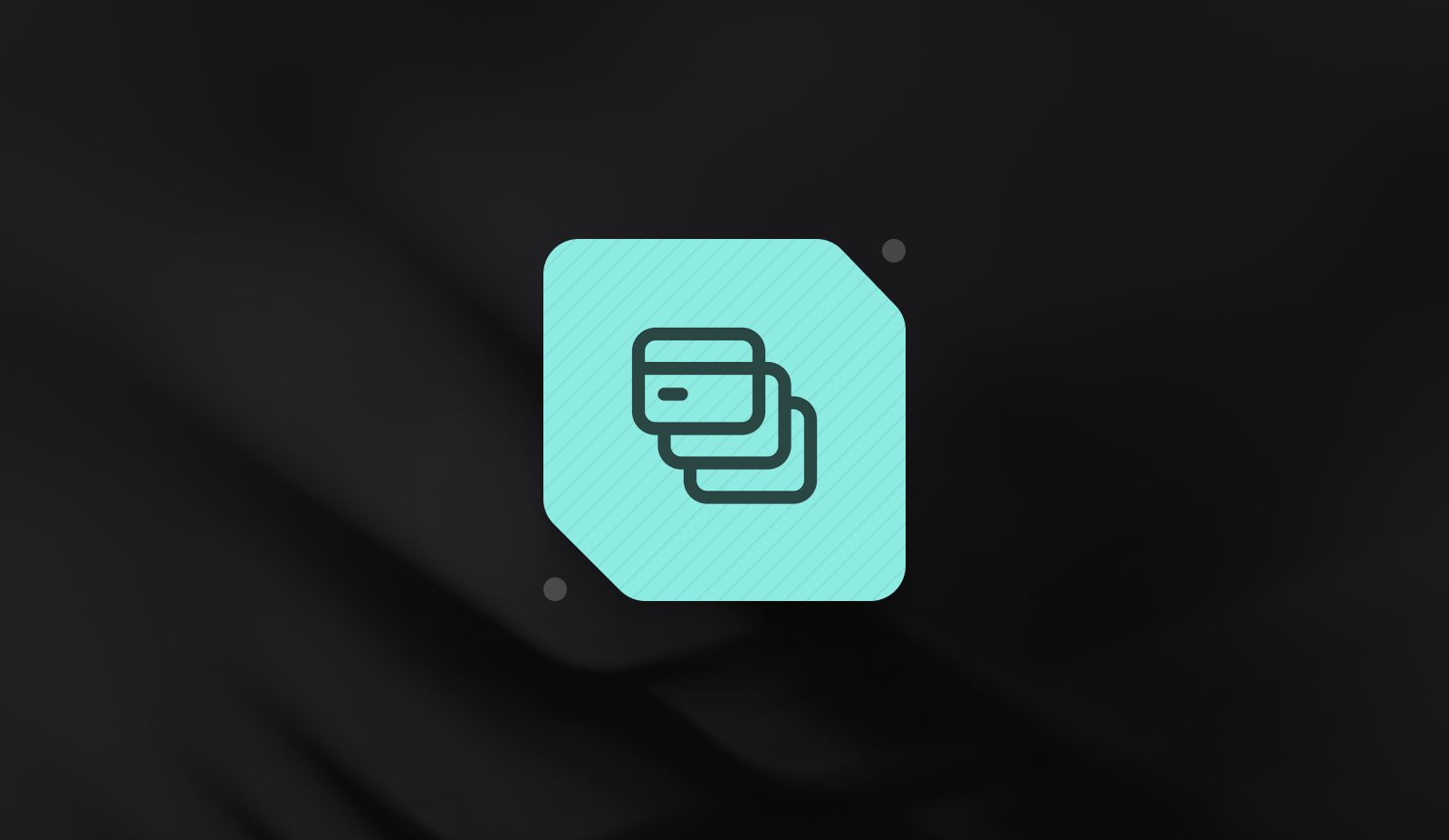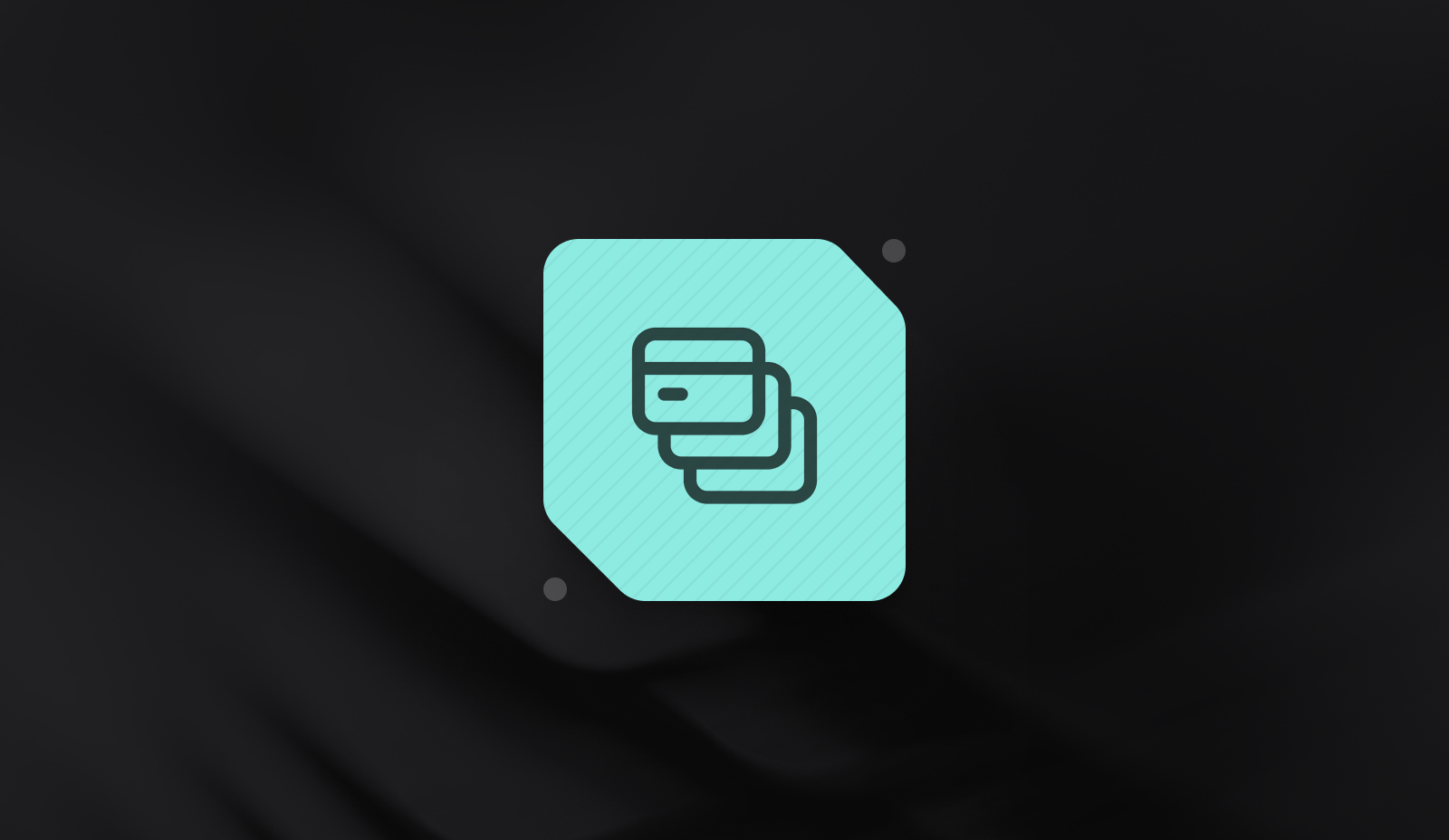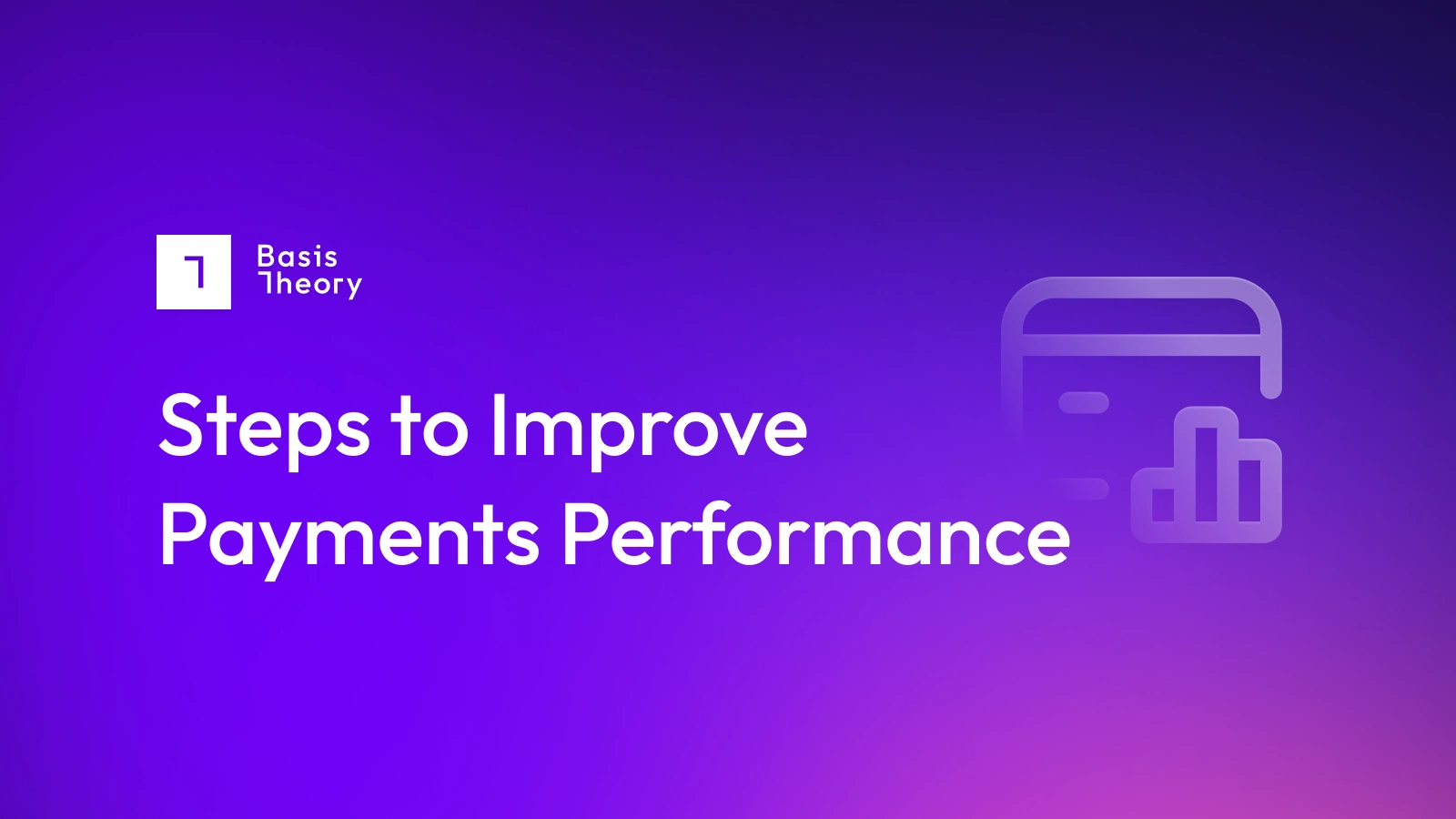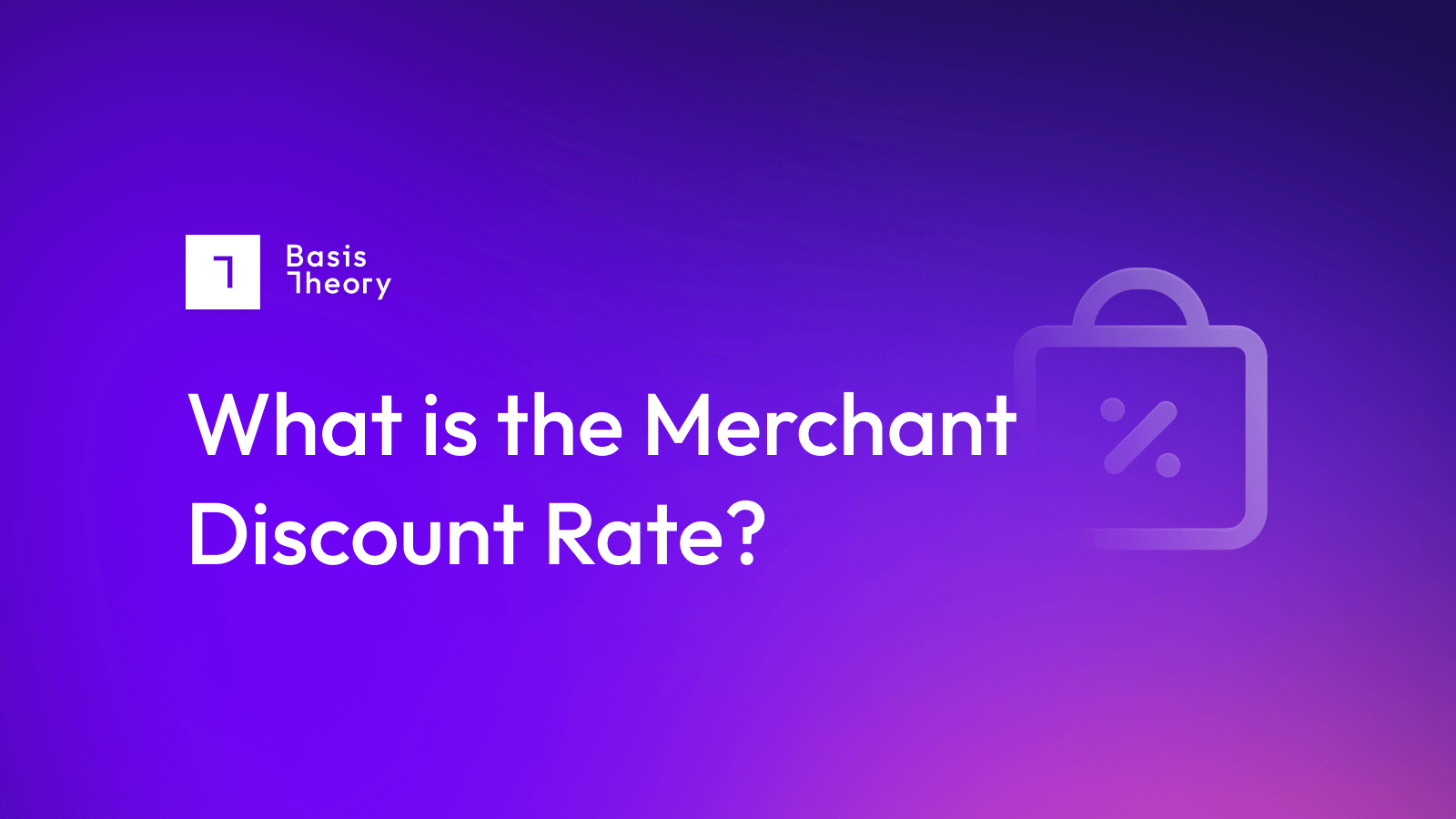Remittance as a Service Creates Opportunities in E-Commerce

Retailers and other online merchants have spent decades building payment systems that provide excellent customer service while keeping processing costs and fees low. The emerging field of Remittance-as-a-Service (RaaS) is now offering an intriguing opportunity for these payment experts to enter a new space.
As millions of businesses and individuals worldwide seek to transfer funds to others, an effective multi-processor payment system can be the foundation for launching a new business.
What are remittances?
Remittances are the transfers of funds between companies and individuals around the world. Remittances are particularly vital to the economies of smaller and/or less economically developed nations, especially those with a significant diaspora population. Remittances from the United States to Mexico, for instance, represent some 4.5% of that country’s GDP; other countries also see substantial inflows of remittance money, led by India at $129 billion in 2023.
Meanwhile, business remittances represent ways in which companies, generally in separate countries, pay one another at various stages of a business deal. While they may be as simple as an importer paying a foreign supplier when goods are shipped, they may occur at any point in the process (when goods arrive at their destination, say, or even after they are sold at retail.) These always require careful consideration, delivering the maximum value from payer to payee without unnecessary delays or fees.
Introducing Remittance-as-a-Service
Historically, remittances were delivered either through legacy banking institutions or through a small number of dedicated financial organizations like Western Union. However, neither group was particularly well-suited to the plethora of options available in the digitally oriented world we operate in today, characterized by alternative payment methods, digital wallets, and expectations of instantaneous transfers.
Remittance-as-a-Service (RaaS) takes all that we have learned about payments automation and applies it to the remittance business. Typically, a RaaS user who wants to send money to someone else will access an app, connect it to a payment method of some sort, then request a transfer.
At that point the RaaS provider will
- Execute security processes to confirm the payer’s identity, and that the requested transfer is properly authorized.
- Take the requested amount from the payer’s account into their own, and confirm proper delivery.
- Calculate, using an internally-approved conversion rate, the amount that the payee should receive in their local currency.
- Deliver the money, in local currency, to the approved receipt account of the payee, less any fees payable by either payer or payee.
Think of it as operating like an e-commerce marketplace ( Etsy or Ebay), but without the interim step of selling a good or service; it is simply taking money from one entity, then making an equivalent payout to another.
The RaaS Opportunity
RaaS providers deliver a vital service, connecting entities from far-flung locations around the world in ways that keep families strong and economies moving.
The more they can centralize the ability to connect financial instruments and payment methods that may not naturally connect to one another, the easier they can make it for businesses and individuals alike to share their funds. RaaS payment systems that operate with multiple card networks, payment providers, and payment gateways can make it possible for parties with thoroughly incompatible accounts to rapidly and securely pass value around the world by chunking up the steps in their remittance process.
Commercially, the opportunity is to charge processing and conversion fees that both fund the business and generate profit. For good measure, it is entirely possible for RaaS providers to offer better conversion rates (while still earning a fair margin) to individuals than they could achieve on their own, owing to the RaaS company’s higher volumes, and dedicated treasury management efforts.
Monies collected by RaaS providers tend to fall into two categories:
- Fees: The provider may offer a flat fee for every transaction that is based upon the costs of delivering money to a particular country, or a fee that is based on a percentage of the funds being transferred. The RaaS market is still very much in its infancy, and these fees are currently often very low, and may be waived for new customers.
- Conversion Shares: The RaaS company sets its own currency conversion rate, based on a combination of the available bank rates, its own current treasury position, and ‘Main Street’ prevailing rates. Anyone who has ever traveled abroad and changed money at the airport, then at a bank, then simply taken money out of their account at an ATM knows that conversion rates are variable, even within the same city on the same day. RaaS companies tell their customers what to expect, and are able to keep a small amount as the transaction executes.
There are two key elements to building a RaaS service:
- Storing Account Details: The RaaS must be able to collect account details from payers and payees, then store them securely. These details will be used for all remittances, so the data needs to be available, but also properly protected to avoid improper use.
- Connecting to Multiple PSPs: To operate effectively, RaaS providers seeking to serve high-remittance countries must connect to multiple PSPs in order to stitch together a pathway for remittances to reach a broad range of destination accounts. This is not a job for a simple full-service PSP that specializes in credit and debit cards—it will require individual agreements with services around the world.
A foundational element of any RaaS is likely to be a third-party programmable token vault, which can securely collect and store account details, then transmit them to any destination.
Programmable token vaults allow the RaaS to execute the transactions by receiving funds from the payer into its own account, then execute transmission of the funds to the payee, even when the payment rails needed for each process are controlled by completely different entities. Think of the payment system, powered by a token vault and a decisioning engine that selects the correct PSP, as an orchestration layer, which guides funds smoothly along a pathway that may be unique to each transaction.
.png?width=365&height=122&name=BTLogo%20(1).png)



